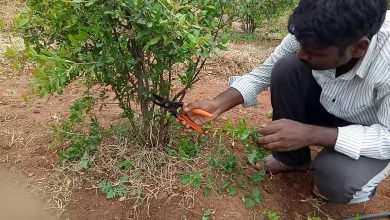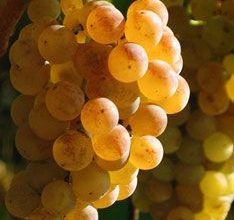Thistles: [Cultivation, Irrigation, Associations, Pests and Diseases]
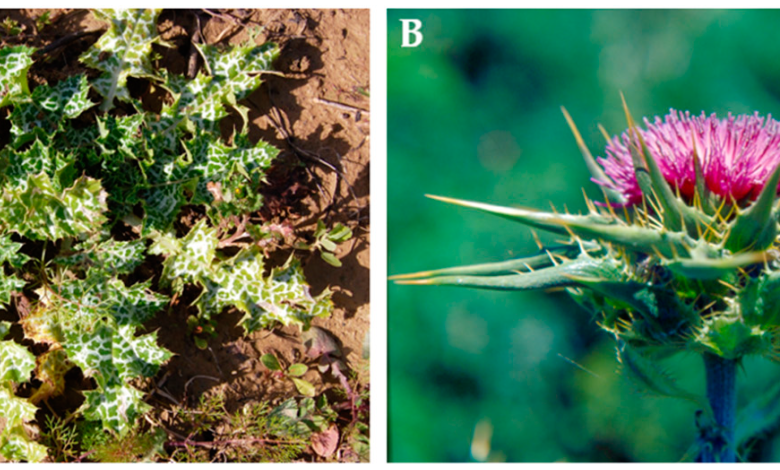
Important points when planting Abrojos
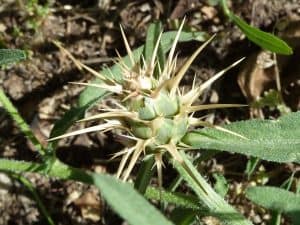 Where to sow? In full light. It needs a lot of sunlight.
Where to sow? In full light. It needs a lot of sunlight.- When? In spring and summer.
- How do we prepare the land? removed. With substrate with high humidity level.
- How do we water? With drip.
- How often do we water? In summer, when the plant is dry. In winter it is advised not to water. Rest of the year spaced irrigation.
- Plagues and diseases? Thistle weevil, stem weevil.
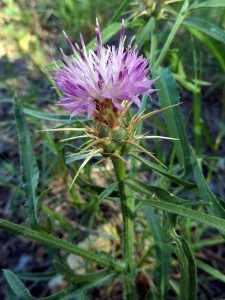 The caltrop is a perennial herbaceous plant, its scientific name is Tribulus terrestris and it belongs to the Zygophylla Ceaes family. It is a medicinal plant covered with thorns from southern Europe, Africa, Asia and northern Australia.
The caltrop is a perennial herbaceous plant, its scientific name is Tribulus terrestris and it belongs to the Zygophylla Ceaes family. It is a medicinal plant covered with thorns from southern Europe, Africa, Asia and northern Australia.
It is a plant known as openers, foot openers, goat’s horn, breakwater, mormaga, tribule, torito, rosette or cat’s claw.
The caltrop is characterized by dragging its branches along the ground, reaching up to a meter in length. The leaves are opposite and are composed of five to eight pairs of leaflets.
The thorns of this caltrop are long and hard enough to puncture a bicycle tire, and cause considerable pain when pricking bare feet, so care should be taken when handling the plant.
When to plant caltrops?
The caltrop plant reproduces by means of seeds. The seeds germinate in late spring and early summer.
Where to do it?
It is a plant that develops in temperate or tropical climate environments, on sandy, humid soils and in full sun exposure.
It is located on the edge of roads, dumps, fallow land, abandoned farmland and outside buildings. In general, they tend to grow a little more if it is between other taller plants or in shade.
How to prepare the land?
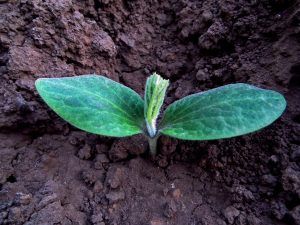 The substrate must be sandy and moist and have good drainage. It is sown in a seedbed to prevent late frosts from damaging it.
The substrate must be sandy and moist and have good drainage. It is sown in a seedbed to prevent late frosts from damaging it.
The seeds are covered with a thin layer of sandy soil. The medium must be kept moist until the plant grows. Once it has grown, it supports the scarcity of water.
In general, it is very important to take into account the type of soil where they are grown and where the plants will develop.
If the soil does not provide what the plants require then they cannot grow, multiply or flourish healthy. The best soils are those that contain a lot of decaying organic matter.
About 20 million bacteria and a million fungi typically grow in a handful of soil. In some places, the soil has so much mud and so little decaying organic matter that it becomes hard and air cannot penetrate. Therefore, the plants, and especially the mulberry tree, cannot develop.
How do we water the caltrops?
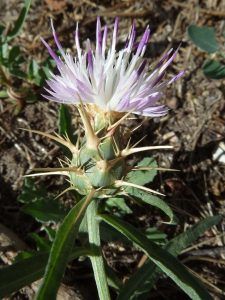 Irrigation depends on the environmental conditions and the water needs of the plant, it is irrigated only when the dry substrate is observed.
Irrigation depends on the environmental conditions and the water needs of the plant, it is irrigated only when the dry substrate is observed.
In general, in its initial growth phase it requires keeping the substrate moist, not flooded, an adult plant better supports water deficiency.
They are very resistant to drought so it will only be watered when the soil has dried well. In winter they should not be watered.
In order not to worry too much about the humidity that is being given to the thistles, it is better to place a plate with water under the pot to supply the water it needs at all times.
How do we plant a caltrop step by step?
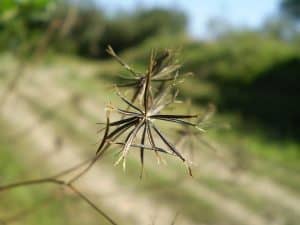 Thistle is an easy to propagate plant that is planted both in pots and directly on the ground.
Thistle is an easy to propagate plant that is planted both in pots and directly on the ground.
Commercially, sowing is done in seedbeds to prevent the detrimental effect of frost on its growth.
It is advisable to use a sandy, moist and well-drained substrate, trying to cover the seeds with a fine layer of sand.
Germination occurs 40 days after sowing, being the precise moment to carry out the transplant to the definitive land.
What favorable associations do they have?
The association of crops of compatible plants produces benefits with respect to their cultivation separately, in addition to the use of light, water and/or nutrients.
The caltrop does not seem to be a very friendly association since, due to its shape, it makes it annoying and even becomes an invasive plant if the environment is favorable.
What pests and diseases attack caltrops?
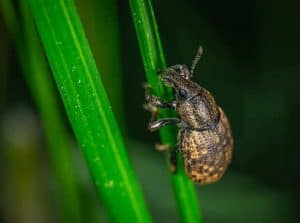 Although they are very resistant plants, caltrops can be attacked by pests and fungal-type diseases (fungi) if there is excess moisture.
Although they are very resistant plants, caltrops can be attacked by pests and fungal-type diseases (fungi) if there is excess moisture.
The caltrop seed weevil (Microlarinus lareynii) and stem weevil (Microlarinus lypriformis) larvae and adults both attack the caltrop plant.
Bibliography and references
- Triptych. Control of the caltrop or cadillo. Washington State University, 2015. (PDF).
- My First Knowledge Encyclopedia. Snake plants and conservation. Published by Grolier Incorporated. New York, 1961. Pages 80-81.
digital database
- Jardineriaon.com. Thistles. Stevia Study. Reproduced from: https://www.jardineriaon.com/abrojos.html
- Consultaplantas.com. Care of the plant Cylindropuntia tunicata or Abrojo. Reproduced from: http://www.consultaplantas.com/index.php/plantas-por-nombre/plantas-de-la-aa-la-c/1009-cubiertas-de-la-planta-cylindropuntia-tunicata-o -thistle


